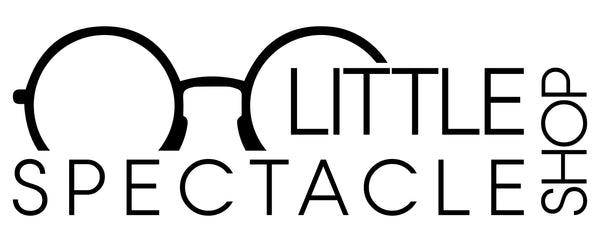How Do Anti-reflective Lenses Work?
How Anti-Reflection Coatings Work on Spectacle Lenses

How They Work
Think of anti-reflection coatings as an incredibly thin film applied to your lens - so thin it's only about 1/4 the thickness of a light wave. When light hits your glasses, some bounces off the top of this coating while some goes through it and bounces off the bottom where the coating meets the lens.
Here's the clever part: the coating is made just the right thickness so that these two reflected light beams are perfectly out of sync with each other. Imagine two identical waves on water - if one wave's peak meets another wave's valley at exactly the same spot, they cancel each other out and the water becomes flat. That's exactly what happens with the light reflecting off your lenses.
The two light beams essentially "fight" each other and cancel out, so instead of seeing annoying reflections, most of the light passes straight through to your eyes. Modern coatings use multiple ultra-thin layers of different materials to cancel out different colors of light, making them work across the entire rainbow of visible light.
Advantages
Improved vision clarity: By reducing reflections, more light passes through the lens to your eye, resulting in sharper, clearer vision with better contrast.
Reduced eye strain: Less reflected light means your eyes don't have to work as hard to process visual information, particularly beneficial during extended computer use or reading.
Better appearance: Eliminates the "mirror effect" that makes your eyes difficult to see behind the lenses, improving face-to-face communication and photographs.
Enhanced night vision: Particularly valuable for driving at night, as it reduces glare from headlights and streetlights.
UV protection: Many modern AR coatings include UV-blocking properties as an additional benefit.
Disadvantages
Increased cost: AR coatings typically add 20-50% to the price of prescription lenses.
Durability concerns: The coating can be more susceptible to scratching, peeling, or wearing off over time, especially with rough handling or improper cleaning.
Maintenance requirements: Coated lenses show smudges, fingerprints, and dust more readily, requiring more frequent cleaning with appropriate materials.
Replacement costs: If the coating becomes damaged, the entire lens typically needs replacement rather than just recoating.
Limited effectiveness: While significantly reducing reflections, they don't eliminate them entirely, and effectiveness can vary based on viewing angle and lighting conditions.
Despite these drawbacks, most optometrists recommend AR coatings for their substantial benefits to visual comfort and clarity, particularly for people who spend significant time using digital devices or driving.
All visitors and booking enquiries receive FREE entry into our Giveaway prize draw .
